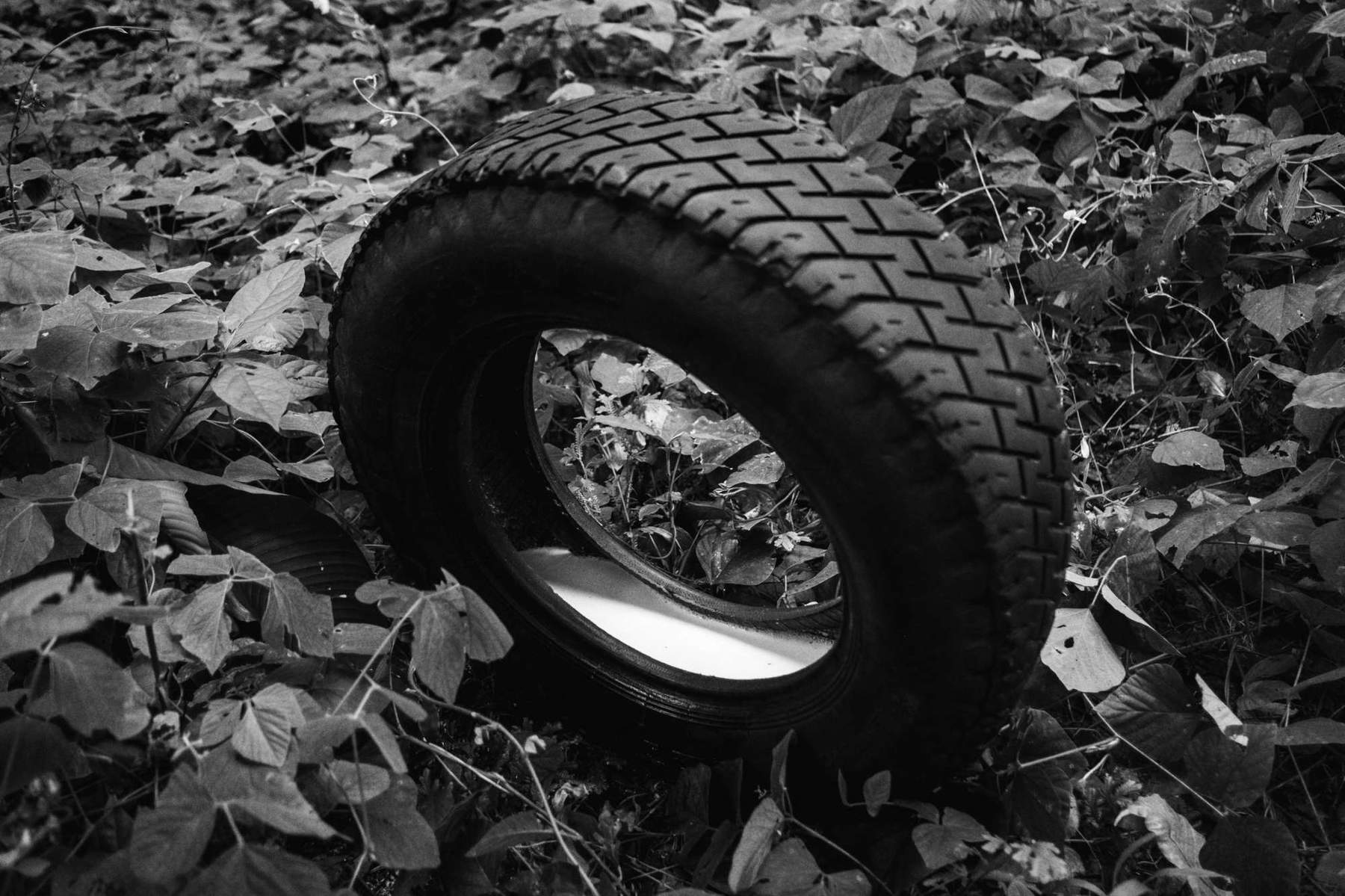From Nov. 2, 2024 to Feb. 15, 2025, PAV Parco Arte Vivente in Turin presents, as part of Artissima, the first solo exhibition in Italy by Ecuadorean artist Adrián Balseca (Quito, 1989), curated by Marco Scotini. The exhibition Cambio de fuerza explores the role of human beings as agents within the ecosystem, focusing on the interactions between economy, ecology and memory, as well as the power dynamics related to extractivism and the exploitation of nature. Through a series of narratives that mix real facts, historical archives, ethno-fiction, and memory, the artist exhibits a selection of projects made over the past decade, focusing on the local histories of his country. In 2008, with the introduction of Article 71, Ecuador recognized nature as a subject of rights for the first time at the constitutional level: “Nature, or Pacha Mama, that is, the place where life is reproduced and materialized, has the right to the integral respect of its existence and the maintenance and regeneration of its life cycles, structure, functions and evolutionary processes.”
This shift was strongly influenced by indigenous communities, which helped generate new political and legal thinking, shifting the focus from anthropocentric law to a biocentric view. Despite the legal protection of one of the world’s highest biodiversity areas, mining activities continue, causing social and environmental damage. In this context, many Ecuadorian intellectuals have developed concepts of degrowth, highlighting the limits of the neoliberal model and proposing alternatives to reduce human impact on climate change. The title of the exhibition, Cambio de fuerza, refers to the slogan “La fuerza del cambio,” used in the late 1970s during the election campaign of Jaime Roldós Aguilera, the first democratically elected president after the dictatorship. Readjusting the meaning of the phrase, Balseca questions the extent to which it is possible to transform that political hope into a pragmatic idea, expanding its meaning in the context of political ecology.
The concept of “change of force” is already present in the 2014 work Medio Camino, in which a 1977 Andino Miura, the first mass-produced car in Ecuador during the oil boom, is pushed by a group of people along the Panamericana, the great artery that crosses the country connecting Alaska to Argentina. Inside the PAV greenhouse is PLANTASIA OIL Co., 2021 in progress, an installation composed of barrels and cans that once contained motor oil and industrial lubricants, produced by companies such as Shell, Total, Fiat and Agip. A variety of plant species grow among these wastes of the oil economy, demonstrating nature’s ability to regenerate in spaces abandoned by humans. The exhibition continues with 2019’s The Unbalanced Land, a sound and sculptural installation inspired by Edward Whymper’s 1892 travel account Travels Amongst the Great Andes of the Equator, which reflects on the transformations of capitalist and colonial systems in Latin America, analyzing the perceptual and representational patterns of the colonial narrative. Finally, 2016’s The Skin of Labor is an installation that questions the values that drove the exploitation of natural resources in the Ecuadorian Amazon, where, since the 19th century, indigenous lands have been expropriated for the rubber industry.Adrián Balseca’s Cambio de fuerza starts from the ecosystemic peculiarities of Ecuador to raise issues of global significance, deconstructing colonial narratives and denouncing the dynamics of exploitation linked to the Western neoliberal economy. As part of the exhibition, on Nov. 20, AEF/PAV (Educational and Training Activities) is organizing a free meeting for Piedmont teachers dedicated to analyzing Balseca’s creative practices. During the meeting, part of the aulARTE project sponsored by the CRT Foundation, themes such as hybridizations in nature and in mythological narratives will be explored. The exhibition Cambio de fuerza is produced with the support of Galeria Madragoa (Lisbon), Compagnia di San Paolo, Fondazione CRT, Regione Piemonte and the City of Turin.

Adrián Balseca lives and works in Buenos Aires, Argentina. His recent exhibitions include Nyctalopia (Void Art Centre, Derry, 2023); In Praise of Darkness, 55th Visions Du Réel International Film Festival (Nyon, 2024); Critical Landscapes (MCA Denver, 2023); ROUTING RUBBER (New York, 2024); Encounters over Several Plants (TATE Modern, London, 2022); and the 34th São Paulo Biennial (2021), among others.
 |
| Adrián Balseca's exhibition on the ecology of power at PAV in Turin, Italy |
Warning: the translation into English of the original Italian article was created using automatic tools. We undertake to review all articles, but we do not guarantee the total absence of inaccuracies in the translation due to the program. You can find the original by clicking on the ITA button. If you find any mistake,please contact us.